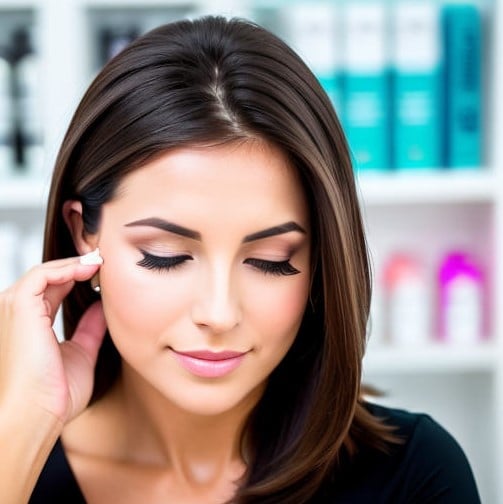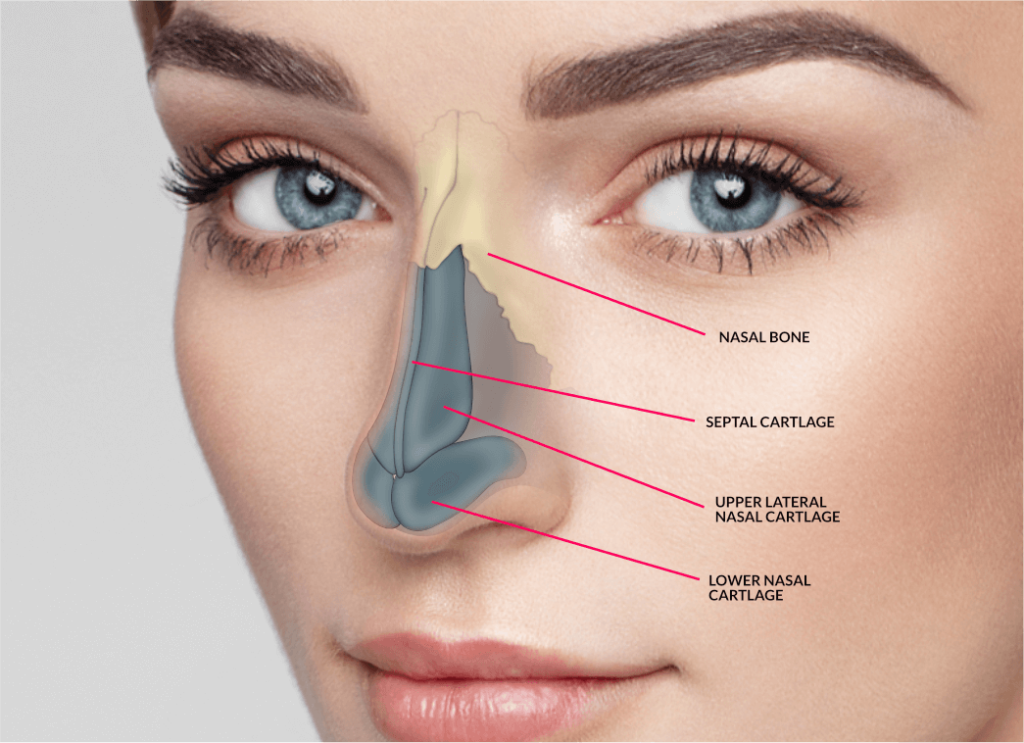Understanding Botox and Its Uses
Cosmetic Benefits
Botox, a neurotoxin, has gained fame in aesthetic medicine for its cosmetic benefits, including beauty enhancements for the face and various medical uses. It smooths facial wrinkles and fine lines effectively. This procedure offers a youthful appearance without surgery.
Patients see results in days. They enjoy smoother skin for months. The simplicity of the process attracts many.
Medical Uses
Beyond cosmetics, Botox serves in treating various medical conditions. It’s not just about looking younger.
Chronic migraines find relief through Botox injections. Patients report fewer headache days after treatment. This improvement significantly enhances their quality of life.
Excessive sweating, or hyperhidrosis, is another condition managed with Botox, a botulinum toxin type used in cosmetic surgery and procedures for cosmetic purposes. It blocks sweat glands, providing comfort and confidence to sufferers, while a botox injection for cosmetic purposes can smooth static wrinkles on the face.
Muscle spasms in adults can be debilitating. Botox helps by relaxing the muscles involved. This use showcases its versatility beyond aesthetic enhancements.
Average Botox Injection Prices in 2024
Price Trends
The average cost of Botox injections, a cosmopolitan cosmetic surgery for the face, has seen a noticeable change in 2024. This year, patients might spend between $10 to $15 per unit on the cost of Botox injection units for a specific area.
For a standard beauty treatment that targets forehead lines, the total cost for the area can range from $200 to $600, depending on the units required. The variance largely depends on the number of units used.
Inflation Impact
Inflation has significantly influenced Botox costs. Compared to the 2020 average cost, prices have risen by approximately 10-15%.
This increase in cost mirrors the overall economic inflation rates affecting various sectors, including different area units. Patients should consider the cost and units when planning their budgets for cosmetic treatments.
Unit Pricing
The pricing per unit plays a crucial role in determining the overall cost of a session. Clinics may offer packages or discounts on larger treatments, affecting the final cost price.
Understanding how many units you need for your desired results is essential. It helps avoid unexpected expenses and ensures satisfaction with the outcome.
Factors Influencing Botox Costs
Unit Count
The number of units required directly affects the total cost of Botox treatment. Each area of the face, such as forehead lines or crow’s feet, may need a specific number of units for effective results. More units mean higher costs.
Clinics often price Botox per unit. This method ensures that patients only pay for what they need. However, it also means that those requiring more extensive treatment will face higher bills.
Location Impact
Geographic location plays a significant role in determining the cost of Botox injections. Clinics in larger cities or high-end neighborhoods typically charge more due to higher operational costs.
Patients might find lower prices in less affluent areas or smaller towns. Yet, travel costs could offset these savings if they live far from such locations.
Professional Expertise
The professional administering Botox can also influence pricing. Dermatologists and plastic surgeons usually charge more than nurse practitioners or physician assistants.
This variance reflects the level of expertise and training among different providers. Patients often pay a premium for treatments by highly specialized professionals.
Insurance and Botox Treatments
Coverage Criteria
Insurance coverage for Botox injections often hinges on the distinction between cosmetic and medically necessary purposes. Health insurance plans typically do not cover procedures aimed solely at enhancing appearance, such as reducing wrinkles or altering facial features for aesthetic reasons. However, when a plastic surgeon prescribes Botox for medical conditions like chronic migraines, excessive sweating, or muscle spasticity, insurance may step in.
Patients should consult their health plan details to understand the nuances of coverage. It’s crucial to know which treatment areas qualify under your policy.
Asking Providers
Before proceeding with Botox treatments, patients should engage in a free consultation with their insurance provider. Key questions include:
- Does my plan cover Botox injections for my specific condition?
- How many Botox units are covered per session?
- Are there preferred providers or plastic surgeons within my network?
This dialogue ensures clarity on what aspects of the treatment the health insurance will cover, helping avoid unexpected bills.
Out-of-Pocket Costs
For those whose Botox treatments fall into the cosmetic procedure category, understanding out-of-pocket costs becomes essential. Prices vary depending on the number of units needed and the expertise of the plastic surgeon. Patients can expect to pay several hundred dollars per session, with multiple sessions sometimes necessary to achieve desired results.
It’s advisable to request a detailed breakdown of costs during your consultation with both your healthcare provider and your chosen aesthetic medicine specialist.
Duration of Botox Effects
Effect Span
The smoothing effect of Botox, a popular botulinum toxin type, typically lasts between three to six months. This duration can vary based on several factors.
Firstly, the area treated plays a crucial role. Facial expressions and muscle movements might shorten the effect span. Secondly, the dosage administered affects longevity. Higher doses may prolong effects but also increase the risk of side effects.
Medical vs. Cosmetic
Botox’s lasting time differs when used for medical conditions versus cosmetic purposes.
For chronic conditions like migraines or excessive sweating, effects might extend beyond six months. In contrast, cosmetic applications, especially in high-movement areas like around the eyes and forehead, often require more frequent treatments.
Maintenance Tips
To maintain Botox’s effects longer, consider these tips:
- Follow up with your provider regularly.
- Protect your skin from sun damage.
- Maintain a healthy lifestyle to enhance overall skin condition.
Regular touch-ups can help extend the smoothing effect over time. Also, avoiding direct sun exposure and using sunscreen can prevent premature aging and prolong Botox benefits.
Consequences of Discontinuing Botox
Skin Reactions
Stopping Botox treatments can lead to noticeable changes in the skin and facial muscles. Initially, the effects of Botox wear off, leading to the return of muscle activity in the treated areas. This means that wrinkles and fine lines that were previously relaxed will gradually reappear. However, these signs of aging do not worsen because of stopping Botox; they simply return to their natural state.
The skin’s texture and appearance might also temporarily change. Since Botox helps in keeping certain facial muscles at rest, discontinuation allows these muscles to move freely again. This could result in a period where the skin looks different as it adjusts back to its usual levels of movement.
Common Myths
Many believe that ceasing Botox injections leads to accelerated aging or an increase in wrinkles. This is a myth. Stopping Botox does not cause your skin to age faster than it naturally would. In fact, regular use before stopping may have provided long-term benefits by reducing muscle movement and minimizing wrinkle formation over time.
Another misconception is that once you stop using Botox, your wrinkles will come back worse than before. This is not true. Wrinkles will return to how they were pre-treatment, not worse.
Pausing Treatments
If considering pausing or stopping Botox treatments, it’s important to understand that any non-permanent cosmetic procedure requires maintenance for continued results. Consult with a skincare professional about any concerns and discuss alternative methods for maintaining skin health and appearance without Botox.
Alternatives to Botox
Dysport & Xeomin
Dysport and Xeomin are popular alternatives to Botox. They target muscle movements to reduce wrinkles, much like Botox. However, their formula is slightly different.
Dysport spreads more than Botox, making it ideal for larger areas. It often works faster, showing results in just a few days. Yet, its effects might not last as long as Botox’s.
Xeomin is unique because it’s a “naked” neurotoxin. This means it doesn’t have the protein additives found in Botox and Dysport. Some believe this reduces the risk of developing resistance.
Laser Treatments
Laser treatments offer a non-injectable route for skin rejuvenation. They work by stimulating collagen production beneath the skin’s surface.
Different types of lasers target various issues, from fine lines to deeper wrinkles and uneven skin tone. The cost can vary widely but typically exceeds that of injectables over time due to the need for multiple sessions.
Topical Creams
Topical creams are the least invasive alternative. They can improve skin texture and reduce the appearance of fine lines.
However, they usually take longer to show results compared to injectables or laser treatments. Their effectiveness also varies widely based on the product’s active ingredients and the user’s skin type.
Assessing Botox as an Investment
Long-Term Benefits
Investing in regular Botox treatments can offer lasting cosmetic enhancements. These treatments smooth wrinkles and prevent new ones from forming. Over time, this can lead to a more youthful appearance without the need for invasive surgeries.
Patients often find they need fewer treatments as muscles adapt. This reduces overall costs and maintenance.
Medical Effectiveness
Botox is not just for cosmetics; it treats various medical conditions like chronic migraines and excessive sweating. Compared to other therapies, Botox offers targeted relief with minimal side effects. It’s cost-effective for those seeking long-term solutions.
For chronic conditions, regular Botox injections can significantly improve quality of life. This makes it a worthwhile investment against more expensive or less effective treatments.
Psychological Impact
The psychological benefits of Botox are profound. Improved appearance can boost self-esteem and confidence. For many, this emotional uplift is worth the investment.
However, it’s vital to balance these benefits against the costs. Prospective patients should consider their financial situation and treatment goals.
Closing Thoughts
Navigating the world of Botox injections doesn’t have to be daunting. Armed with knowledge about the costs, factors affecting prices, insurance coverage, and alternatives, you’re now in a better position to make informed decisions. Whether you see Botox as an essential investment in your self-confidence or are considering it for medical reasons, understanding its value and impact is crucial. Remember, the choice to continue or discontinue treatments can significantly affect your results and budget.
Before taking the plunge, weigh the pros and cons carefully. If Botox aligns with your goals and budget, it might just be the confidence booster you’ve been looking for. Ready to take the next step? Consult with a certified professional who can provide personalized advice tailored to your needs. Your journey towards a more confident you starts today.
Frequently Asked Questions
What is Botox and what are its primary uses?
Botox is a cosmetic treatment that temporarily reduces facial wrinkles by paralyzing muscles. It’s also used for medical conditions like excessive sweating and migraines.
How much does a Botox injection typically cost in 2024?
The average cost of Botox injections in 2024 ranges from $200 to $800 per session, depending on various factors.
What factors can affect the cost of Botox treatments?
Factors include the number of units used, geographic location, provider’s expertise, and specific treatment areas.
Will my insurance cover Botox treatments?
Most insurance plans do not cover cosmetic Botox but may cover it for certain medical conditions. Check with your provider for specifics.
How long do the effects of Botox last?
Botox effects typically last between 3 to 6 months before gradually fading, requiring follow-up treatments to maintain results.
What happens if I stop getting Botox injections?
If you discontinue Botox treatments, your muscles will regain movement, and wrinkles will reappear over time as natural aging continues.
Are there alternatives to Botox for wrinkle reduction?
Yes, alternatives include dermal fillers, laser treatments, and topical creams that can also help reduce the appearance of wrinkles.











